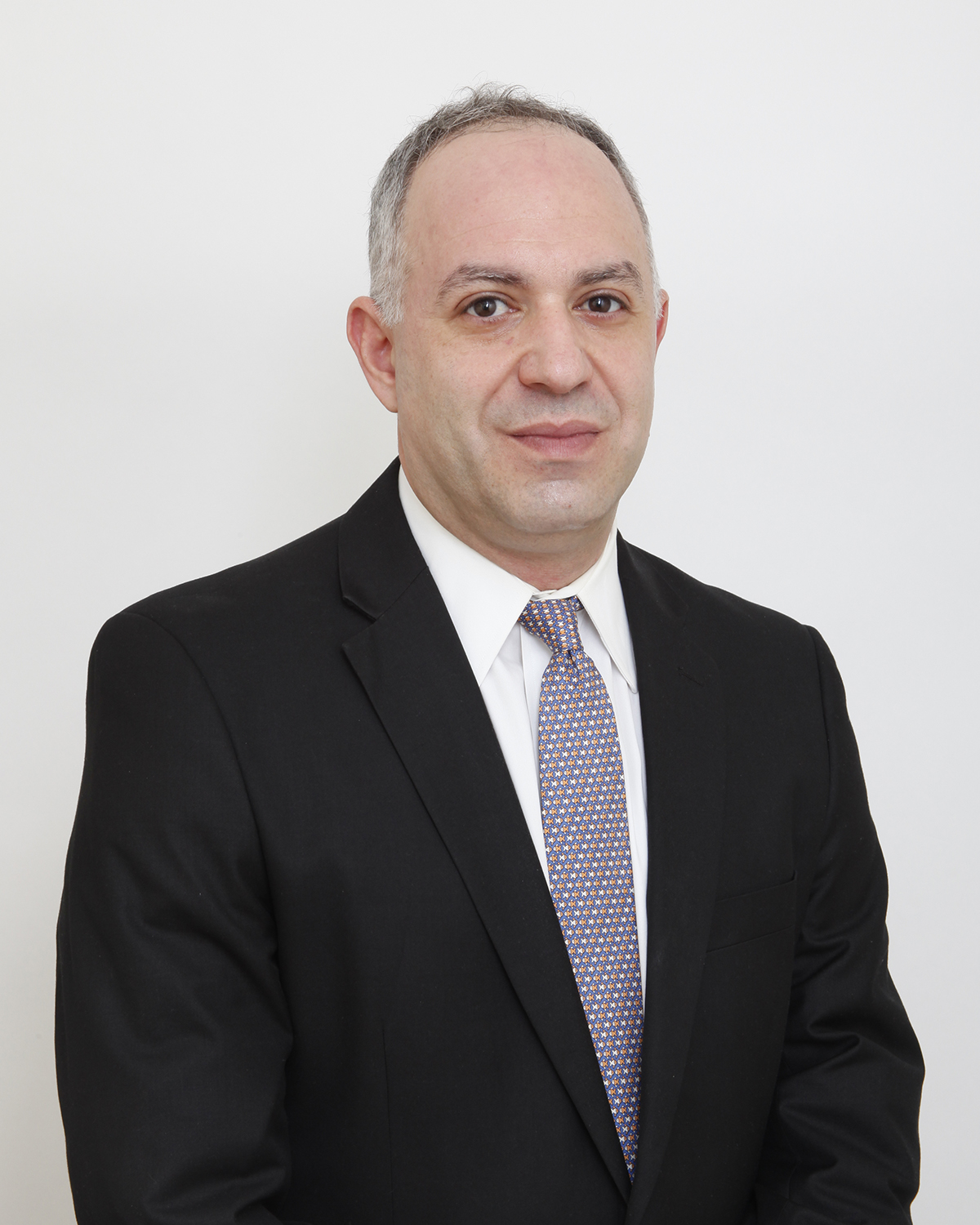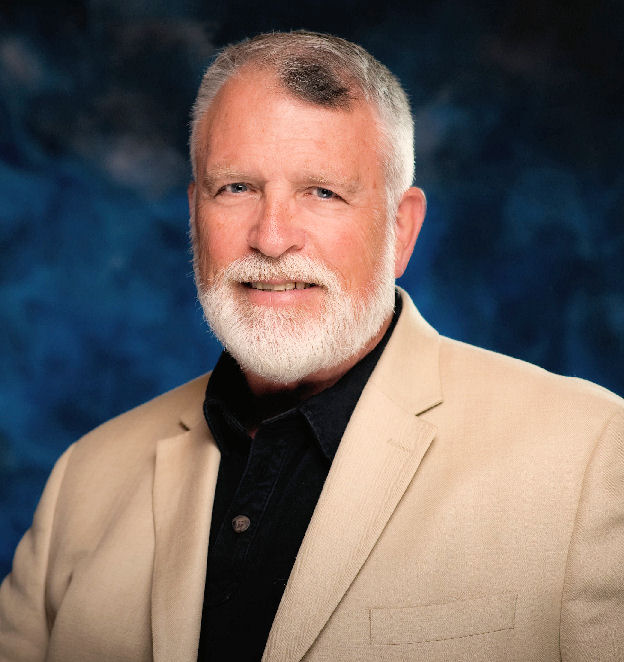5S or 7S Workplace Organization/Lean Manufacturing (what happened to 6S?)
5S aims to increase the value of products or services for customers by finding and eliminating waste from production processes. It is a system for organizing spaces so work can be performed efficiently, effectively, and safely. This system focuses on putting everything where it belongs and keeping the workplace clean, which makes it easier for people to do their jobs without wasting time or risking injury.
5S and 7S are processes and methods for creating and maintaining an organized, clean, safe, and high-performance workplace. Having a disorganized workplace will cost you time, money, employee satisfaction, and likely create customer dissatisfaction. Implementing these processes is an easy and cost-efficient way of overcoming these barriers. The benefits to addressing these areas are many – including higher efficiencies, less stress, fewer accidents, higher levels of quality, fewer breakdowns. In recent times, Safety has been added as the 6th S in the 6S model. The addition of this “new S” was fitting and a needed extension. This step involves ensuring that the operationalization of work and the work environment meet all required safety standards. However, 6S is often confused with 6 Sigma. Safety improvements: An organized workplace and established procedures will reduce accidents and damage Quality improvements: By having an organized workplace, there will be fewer lost items, fewer damaged items, and less of an opportunity for delays of customer deliveries Process improvements: If you are spending time looking for something that is not in its place, you are wasting time. If something is put in an inconvenient location or is difficult to retrieve, that slows down the process. If you inadvertently misplace something and must go purchase another one, only to find that you already have two that were hiding, you are losing money.
5S (and the 6th S - Safety) help to create a better working environment, reduce waste while improving efficiency, quality & safety. For the company, these tools turn into the bottom for all different Lean Manufacturing tools to be used. They are designed to help build a quality work environment, both physically & mentally. 7S - Spirit: As leaders understand the impact of company culture and the importance of respect for employees, the need for this additional component becomes clear. While some organizations successfully implement the traditional 5S (6th S) methods, many are choosing to add Spirit - 7S - as an additional piece to make explicit the reliance on the people factor and the need to continually keep it in mind as other steps are undertaken.
- Sort through materials, keeping only essential; items needed to complete tasks
- Set in Order: Ensure that all items are organized and each item has a designated place
- Shine: Proactive efforts to keep workplace areas clean and orderly to ensure purpose-driven work
- Standardize: Create a set of standards for both organization and processes
- Sustain new practices and conduct audits to maintain discipline
Safety: While it should be considered within the previous steps, having safety spelled out as an additional important step gives safety additional importance and focus.
Spirit: explicit the reliance on the people factor
5S and 7S are processes and methods for creating and maintaining an organized, clean, safe, and high-performance workplace. Having a disorganized workplace will cost you time, money, and employee satisfaction, and likely create customer dissatisfaction. Implementing these processes is an easy and cost-efficient way of overcoming these barriers. The benefits of addressing these areas are many – including higher efficiencies, less stress, fewer accidents, higher levels of quality, and fewer breakdowns.
In recent times, Safety has been added as the 6th S in the 6S model. The addition of this “new S” was fitting and a needed extension. This step involves ensuring that the operationalization of work and the work environment meet all required safety standards. However, 6S is often confused with 6 Sigma.
Safety improvements: An organized workplace and established procedures will reduce accidents and damage.
Quality improvements: By having an organized workplace, there will be fewer lost items, fewer damaged items, and less of an opportunity for delays in customer deliveries.
Process improvements: If you are spending time looking for something that is not in its place, you are wasting time. If something is put in an inconvenient location or is difficult to retrieve, that slows down the process. If you inadvertently misplace something and have to purchase another one, only to find that you already have two that were hiding, you are losing money.
5S (and the 6th S) help to create a better working environment and reduce waste while improving efficiency & quality. For the company, these tools turn into the bottom for all different Lean Manufacturing tools. They are designed to help build a quality work environment, both physically & mentally.
7S - Spirit: As leaders understand the impact of company culture and the importance of respect for employees, the need for this additional component becomes clear. While some organizations successfully implement the traditional 5S (6th S) methods, many are choosing to add Spirit - 7S - as an additional piece to make explicit the reliance on the people factor and the need to keep it in mind as other steps are undertaken continually.
- Production Managers
- Safety Managers
- Operation Managers
- Manufacturing Engineers
- Lean Manufacturing Engineers
- Supplier Quality Engineers
Ken Zabel began his career in quality management working for global product certification agencies. After working for NSF International for ten years, he managed certification programs at ETL Semko (Intertek) and CSA International (Canadian Standards Association). Ken has trained certification engineers and auditors across North America, Europe, and Asia. He currently works with major medical device manufacturers to document compliance with European RoHS Directives. He has worked with problem-solving teams (and CAPA) from the perspective of a quality representative at automotive and medical device suppliers, as a management customer service representative working with customers, and as an internal and third-party auditor to verify CAPA effectiveness.
Upcoming Webinars































































